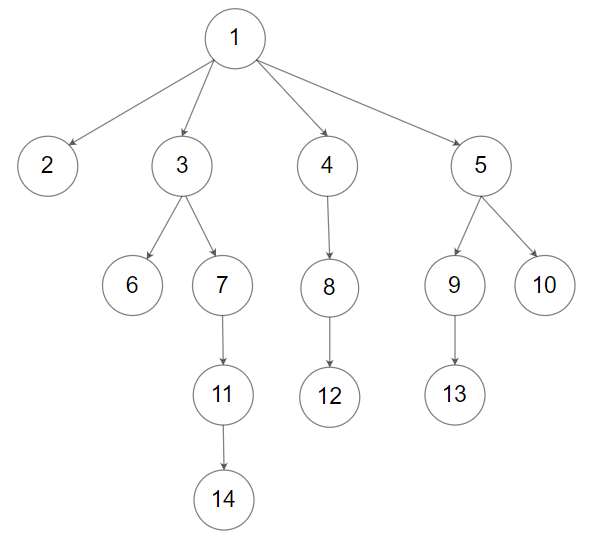N-ary Tree Level Order Traversal
第19天。
今天的题目是 N-ary Tree Level Order Traversal :
Given an n-ary tree, return the level order traversal of its nodes’ values.
Nary-Tree input serialization is represented in their level order traversal, each group of children is separated by the null value (See examples).
Example 1:

1 | Input: root = [1,null,3,2,4,null,5,6] |
Example 2:

1 | Input: root = [1,null,2,3,4,5,null,null,6,7,null,8,null,9,10,null,null,11,null,12,null,13,null,null,14] |
Constraints:
- The height of the n-ary tree is less than or equal to
1000 - The total number of nodes is between
[0, 10^4]
一道水题,简单的BFS或DFS即可,除了是一个多叉树外,和另外一道题基本是一样的。
1 | class Node { |
所以,我们既可以用队列去做层次遍历(BFS),也可以用递归来实现DFS,然后按当前节点所在的高度插入到对于的数组即可:
- DFS
1 | vector<vector<int>> res; |
- BFS
1 | vector<vector<int>> levelOrder2(Node* root) { |